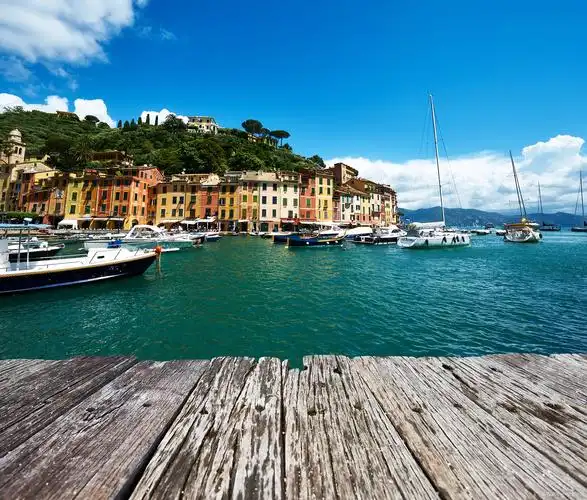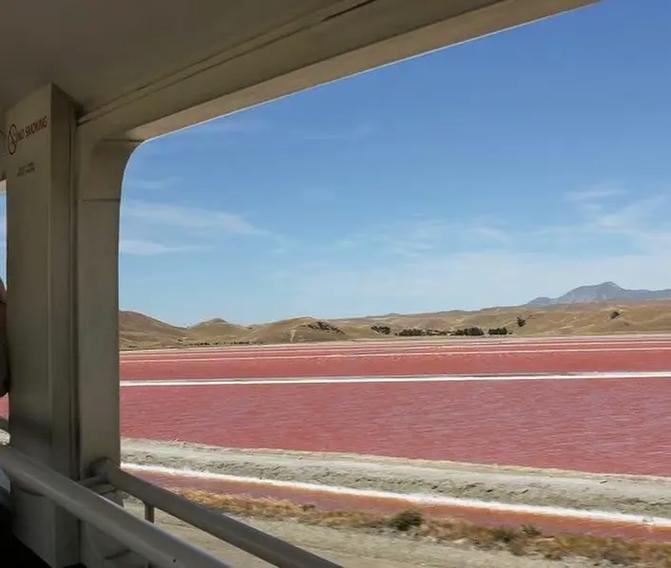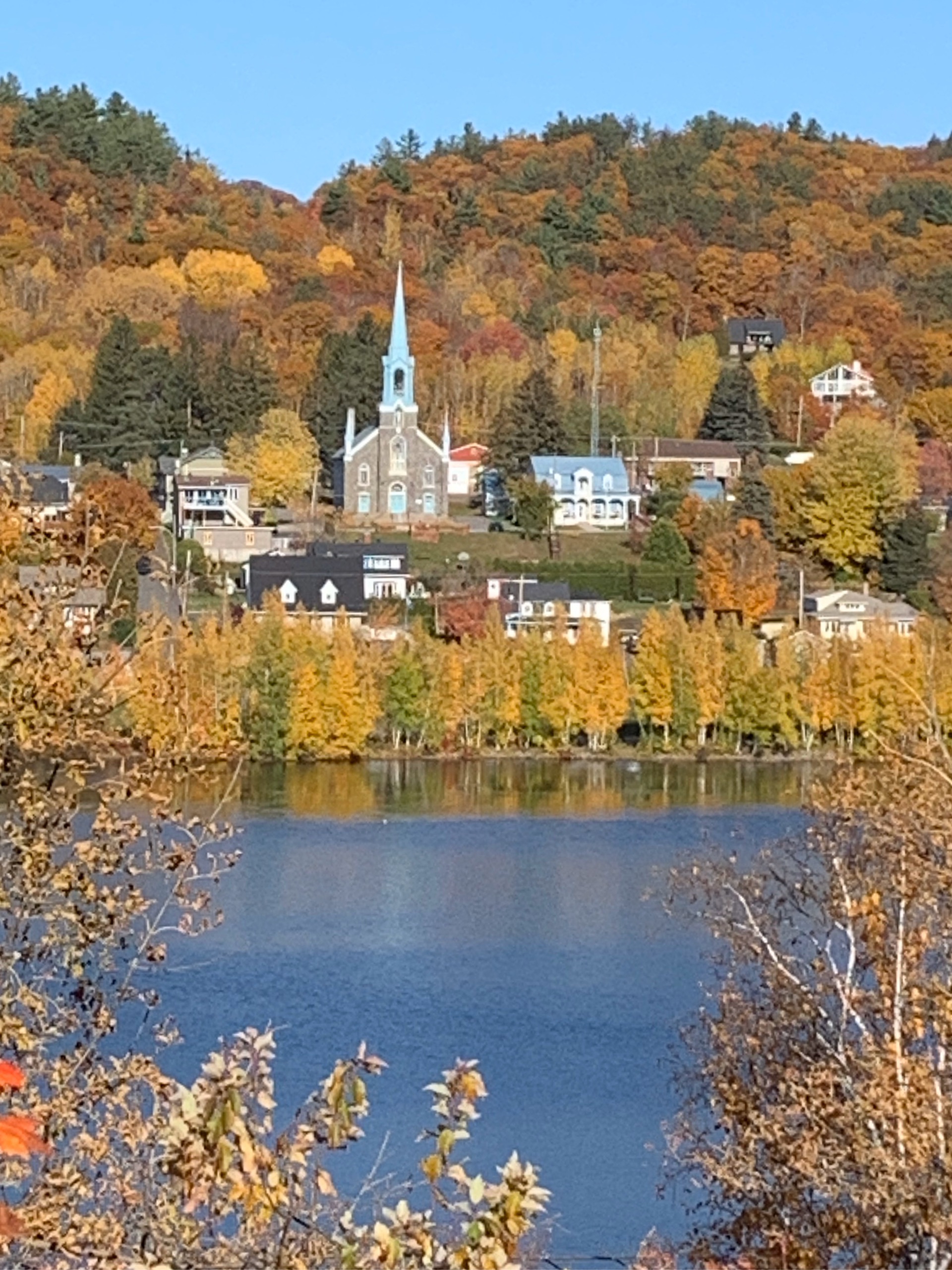Global Travel Information
Laikipia Plateau, Kenya
The Unyielding Spirit of Laikipia: Where Wilderness and Hope Converge
Stretching across the equator, north of the snow-capped Mount Kenya, lies a land of stark contrasts and resilient beauty—the Laikipia Plateau. This is not the Kenya of glossy brochures featuring endless savannahs dotted with acacias. Laikipia is different. It is a complex, rugged, and breathtaking tapestry of high-altitude plains, deep valleys, rolling hills, and dramatic escarpments. Here, the air is thinner and crisper, the colors more intense under the relentless African sun, and the narrative is not just about wildlife, but about an extraordinary, hard-won coexistence between man and nature.
Geologically, Laikipia is a wonder. Formed from volcanic rock spewed forth from the now-dormant Mount Kenya millions of years ago, its soils are rich yet its terrain is challenging. The plateau ranges from 1,500 to 2,600 meters in altitude, creating a mosaic of microclimates. One can traverse from arid, cactus-studded plains reminiscent of the American Southwest to lush, riverine forests humming with life within a matter of kilometers. Seasonal rivers, known as laggas, carve through the earth, their sandy beds bone-dry for most of the year until the seasonal rains transform them into torrents of chocolate-brown water, the lifeblood of the ecosystem. This varied landscape supports an astonishing array of flora, from the candelabra-shaped Euphorbia trees to hardy acacias and ancient cedar forests clinging to the hillsides.
But the true magic of Laikipia lies in its fauna, and its role as a modern-day ark. As wildlife corridors elsewhere in Kenya shrink, Laikipia has become a critical sanctuary. It hosts the second-largest population of elephants in Kenya, majestic herds that follow ancient paths between the plateau and the Northern Frontier. It is one of the last strongholds for the critically endangered black rhino, its security-intensive conservancies offering a fighting chance against the scourge of poaching. Here, one might spot the rare Grevy’s zebra, with its elegant, narrow stripes and large, donkey-like ears, or the gangly, prehistoric-looking reticulated giraffe, its geometric patterns sharper and more defined than its Masai cousin. Predators like lions, cheetahs, and leopards complete this vibrant ecological web, their presence a testament to the health of the land.
However, to speak of Laikipia’s wildlife without acknowledging its human dimension is to tell only half the story. This land is the ancestral home of the Maasai and the Samburu, pastoralist communities for whom cattle represent not just wealth, but cultural identity and spiritual fulfillment. For generations, the story of Laikipia was one of conflict: ranchers versus herders, wildlife versus livestock, conservation versus cultivation. Fencing, drought, and political marginalization often led to tension over access to precious grass and water.
The paradigm shift, and the source of Laikipia’s unique hope, emerged from a collective realization that this conflict was a path to mutual ruin. From this brink, a revolutionary model of conservation was born—one not imposed from the outside, but forged through partnership. Vast cattle ranches, some owned by fourth-generation Kenyan families, began taking down their fences and converting into privately-owned wildlife conservancies. These were not sterile, people-free parks. Instead, they became integrated enterprises where the well-being of local communities is directly tied to the health of the ecosystem.
The model is brilliantly simple yet profound. Tourism, in the form of high-value, low-impact lodges and camps, generates revenue. This revenue funds security for wildlife, provides salaries for hundreds of local employees, and is channeled back into communities through scholarships, healthcare clinics, and clean water projects. Crucially, it also includes a grazing rights system, where neighboring pastoralists are permitted access to conservancy land for their cattle during critical dry seasons, according to sustainable quotas. This transforms the local people from adversaries into stakeholders. A Samburu warrior who once might have seen a rhino as a threat to his cattle or a competitor for water now sees it as the source of his child’s education, his family’s medical care, and his own employment. The value of alive, thriving wildlife becomes tangibly greater than any other alternative.
This is not to say the challenges have vanished. Climate change casts a long shadow, with droughts becoming more frequent and severe, putting immense pressure on all life. Human-wildlife conflict still occurs, and political pressures are ever-present. Yet, Laikipia stands as a bold experiment in pragmatism and hope. It is a living laboratory where the romantic ideal of untouched wilderness is replaced by the more complex, more durable reality of a shared landscape.
To visit Laikipia is to witness this delicate dance. It is to watch a herd of buffalo dusted in red earth, their sheer power palpable, while in the distance, a Maasai herdsman tends to his cattle. It is to fly over the plateau in a small plane and see not a single, monolithic park, but a patchwork of conservancies, community lands, and private holdings, all functioning as a de facto whole. It is to understand that conservation in the 21st century is not about building walls, but about building bridges.

The spirit of Laikipia is not one of pristine, untouched nature. It is a spirit of resilience, adaptation, and hard-nosed compromise. It is the spirit of a rhino, protected by armed guards, calmly grazing under the watchful eye of a guide who is also a community scout. It is the spirit of a woman in a nearby village who, because of a beading project funded by tourism, can afford to send her children to school. In a world often overwhelmed by dire environmental news, the Laikipia Plateau offers a powerful, alternative narrative—a testament to the idea that with innovation, respect, and collaboration, humans and wilderness can not only coexist but can thrive together, forging a future as enduring as the ancient volcanic rock beneath its soil.
相关文章
- Elbe River Amusement Parks: Rides with River Views
- Elbe River Camping Spots: Pitch a Tent by the Water
- Elbe River Glamping Sites: Luxury Camping Along the Banks
- Elbe River RV Parks: Stay in Your Camper Near the River
- Elbe River B&Bs: Cozy Accommodations with a Personal Touch
- Elbe River Hostels: Budget Stays for Young Travelers
- Elbe River Business Travel Guide: Meetings & Events Near the Water
- Elbe River Conference Venues: Spaces with River Views
- Elbe River Wedding Venues: Tie the Knot by the Water
- Elbe River Funeral Services: Respectful Locations Along the Banks
发表评论
评论列表
- 这篇文章还没有收到评论,赶紧来抢沙发吧~


